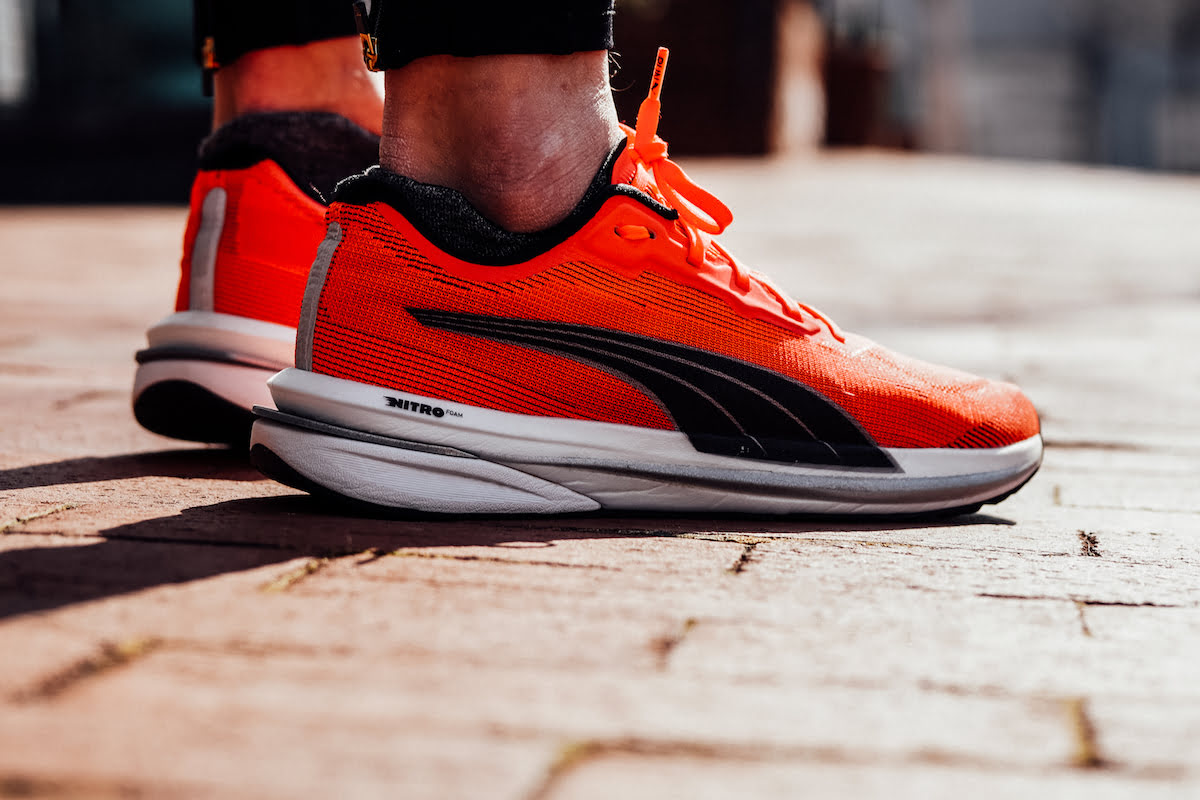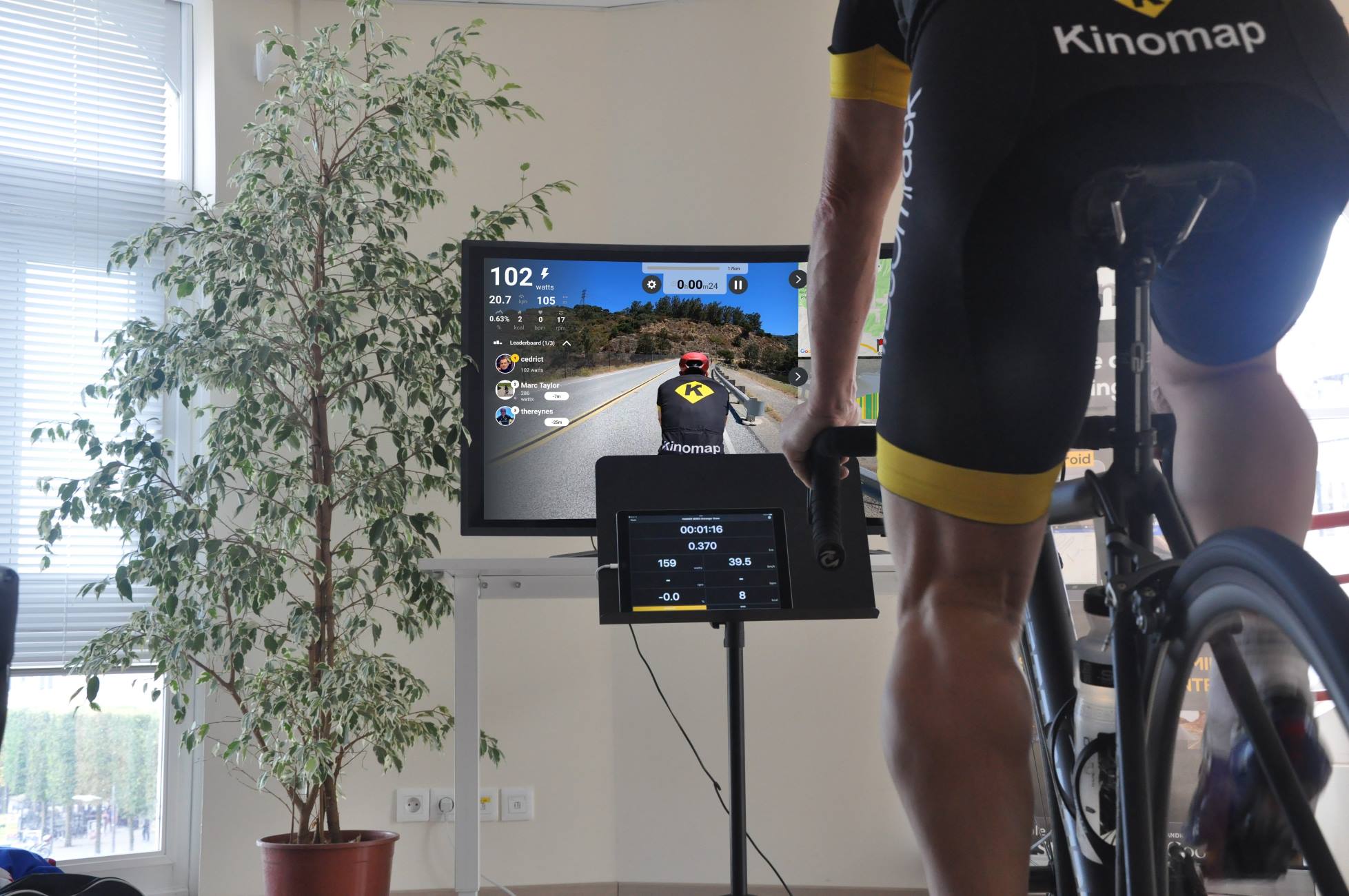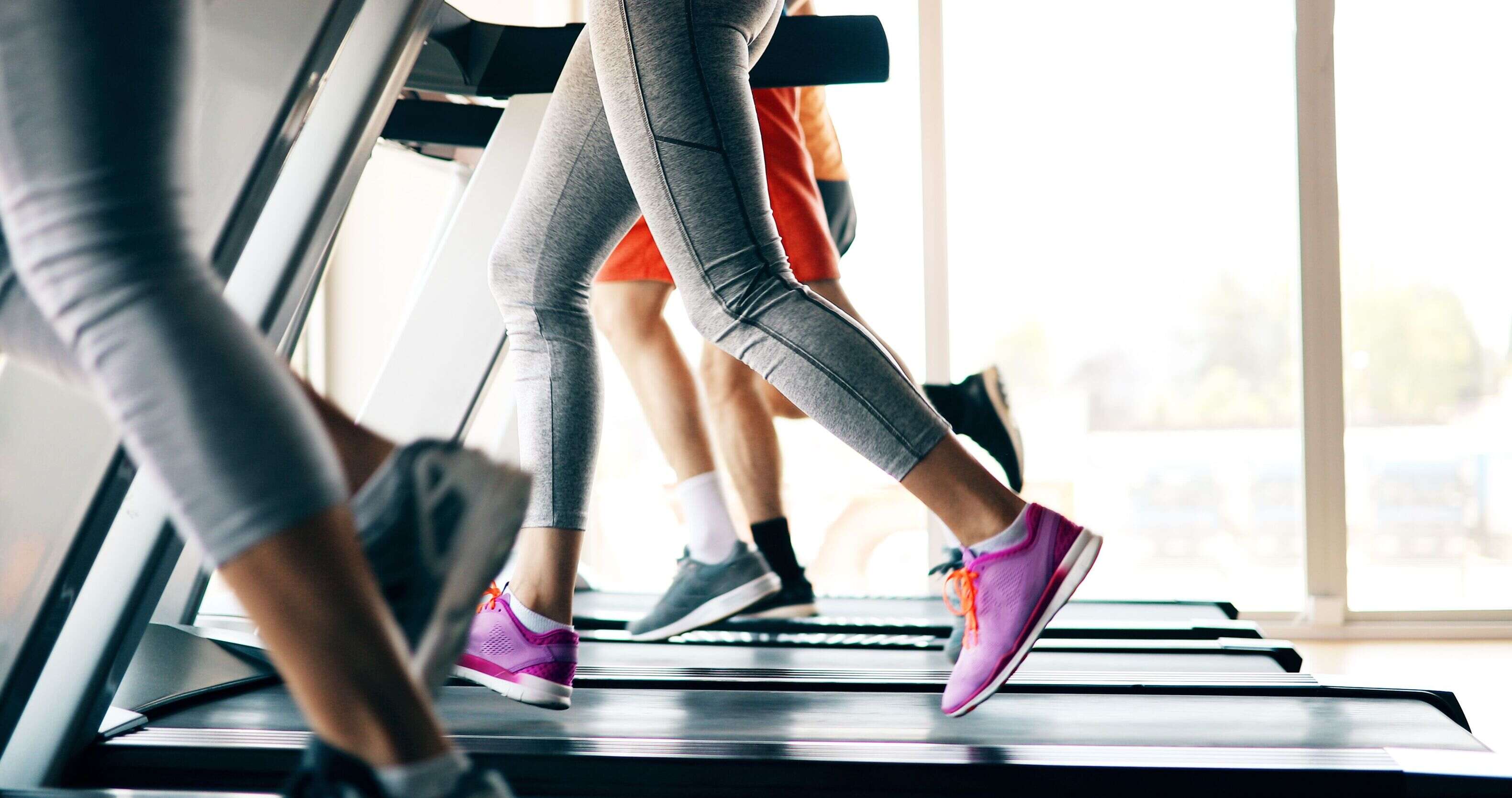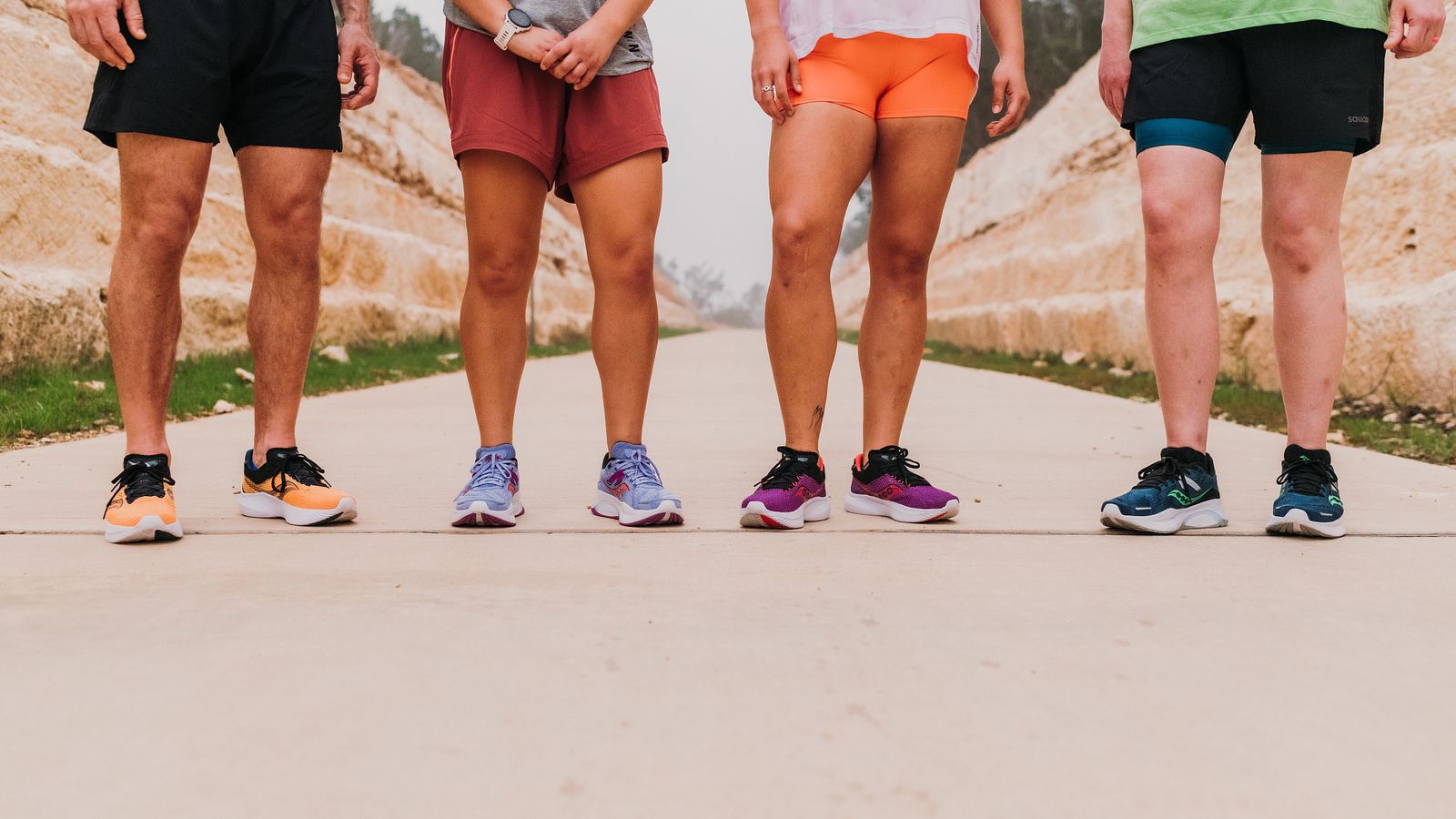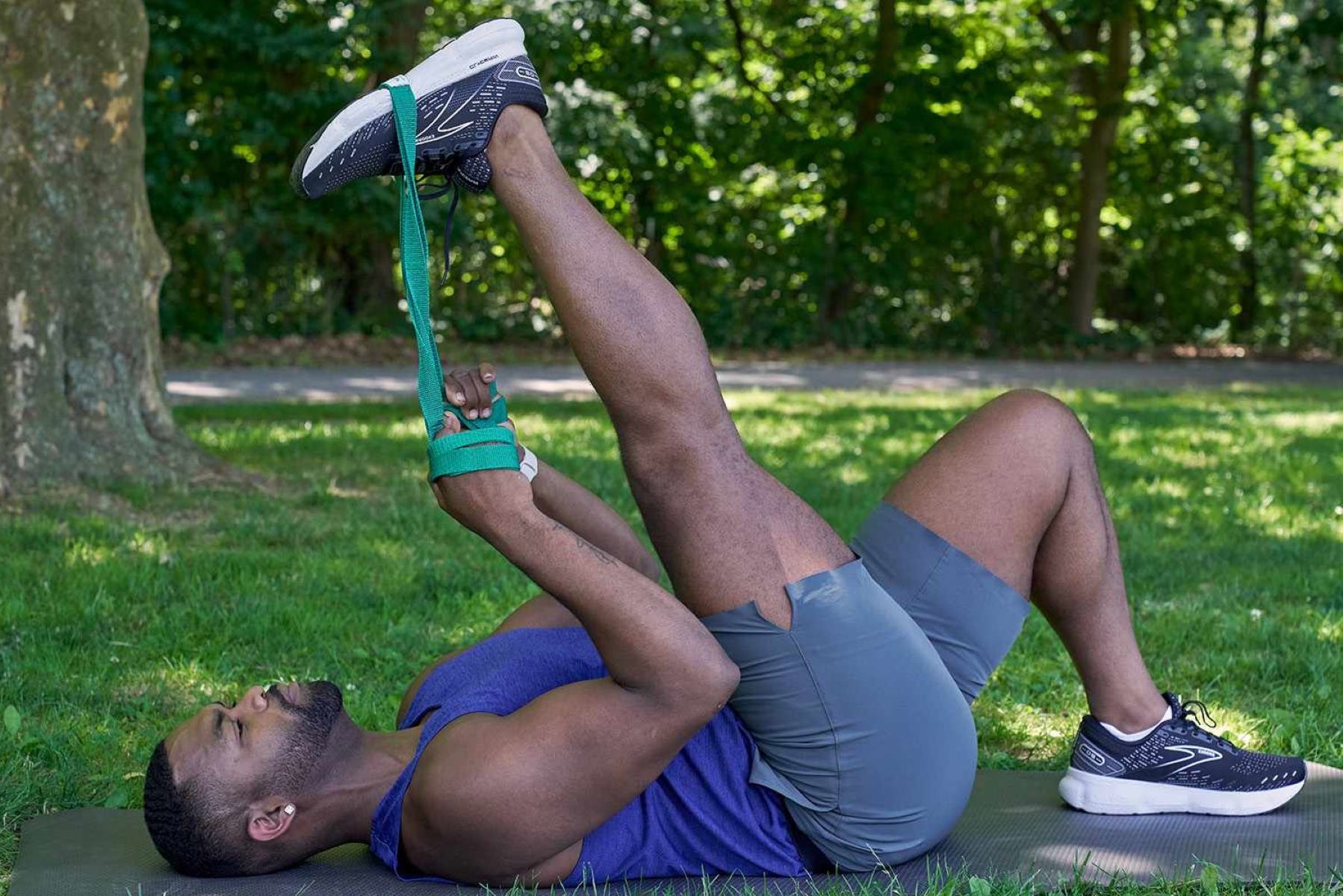Home>Health & Nutrition>The Advantages Of Reverse Crunches For Runners And A Guide On Performing Them
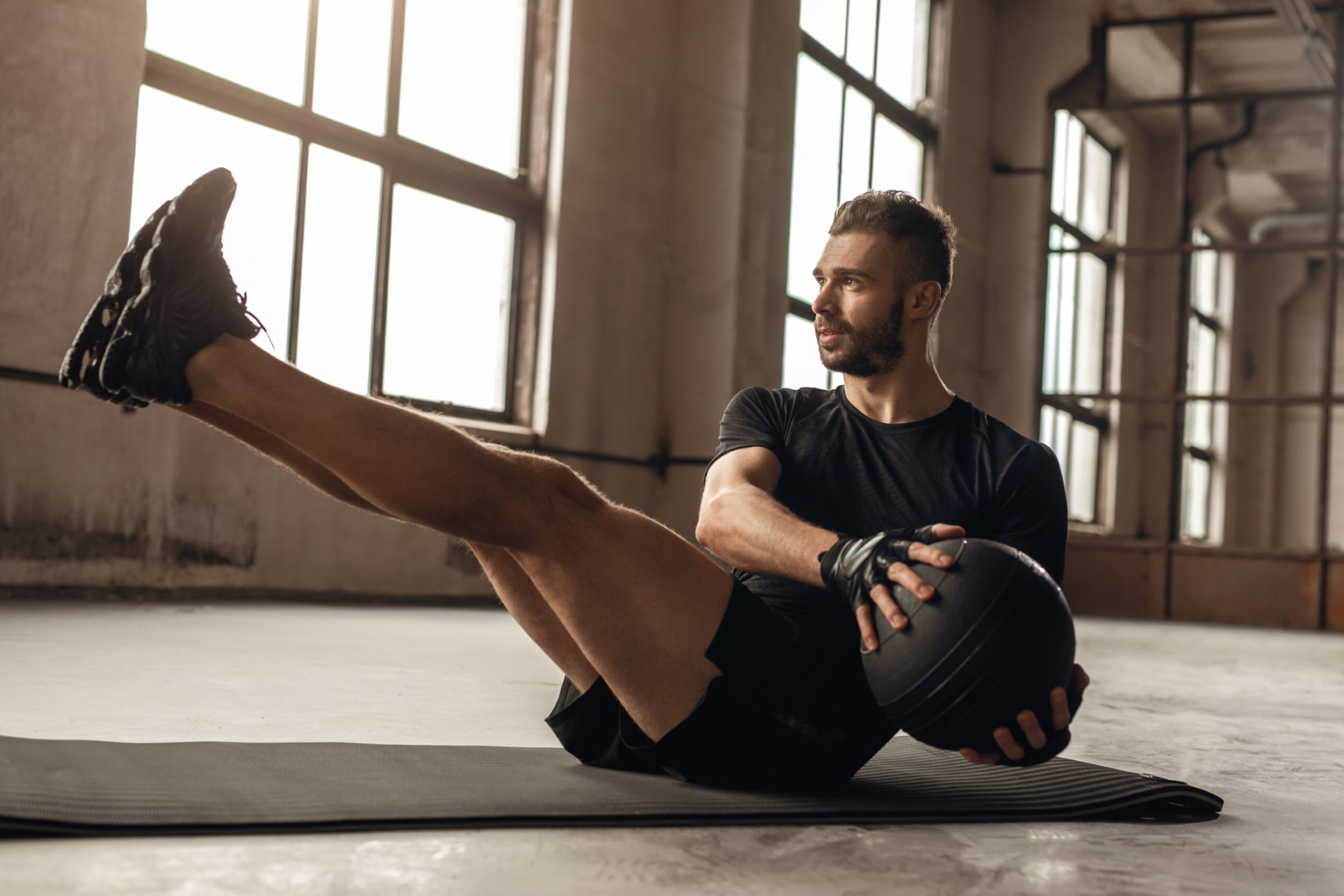

Health & Nutrition
The Advantages Of Reverse Crunches For Runners And A Guide On Performing Them
Published: February 23, 2024
Discover the benefits of reverse crunches for runners and learn how to perform them effectively. Enhance your health and nutrition with this targeted exercise.
(Many of the links in this article redirect to a specific reviewed product. Your purchase of these products through affiliate links helps to generate commission for Therunningadvisor.com, at no extra cost. Learn more)
Table of Contents
Introduction
Reverse crunches are a highly effective exercise for runners seeking to strengthen their core and improve overall performance. This targeted workout specifically engages the lower abdominal muscles, which are crucial for maintaining stability and balance while running. By incorporating reverse crunches into your training regimen, you can enhance your running efficiency, reduce the risk of injury, and achieve greater endurance.
This article will delve into the numerous benefits of reverse crunches for runners, providing valuable insights into the proper form and technique. Additionally, it will offer practical guidance on seamlessly integrating reverse crunches into your running routine. Furthermore, essential precautions and tips for performing reverse crunches will be highlighted to ensure that you derive maximum benefits while minimizing the risk of strain or injury.
Whether you are a seasoned marathon runner or someone who enjoys casual jogs, understanding the advantages of reverse crunches and mastering the correct execution is pivotal for optimizing your running performance. Let's explore how this targeted exercise can elevate your running experience and contribute to your overall well-being.
Benefits of Reverse Crunches for Runners
-
Enhanced Core Strength: Reverse crunches specifically target the lower abdominal muscles, including the rectus abdominis and the transverse abdominis. These muscles play a pivotal role in stabilizing the pelvis and maintaining proper posture while running. By strengthening these core muscles, runners can experience improved balance and stability, leading to more efficient and controlled movements during their runs.
-
Improved Running Efficiency: A strong core is essential for runners to maintain proper form and posture, especially during long-distance runs. Engaging in reverse crunches helps fortify the core, enabling runners to sustain optimal running posture for extended periods. This, in turn, can lead to enhanced running efficiency, as the body is better equipped to maintain a consistent and effective stride throughout the run.
-
Injury Prevention: Weak core muscles can contribute to poor running mechanics, increasing the risk of injury. By incorporating reverse crunches into their training routine, runners can reduce the likelihood of developing common running-related injuries, such as lower back pain, IT band syndrome, and knee issues. The strengthened core provides better support for the entire body, minimizing the impact of repetitive stress on vulnerable areas.
-
Enhanced Endurance: A strong core is fundamental for maintaining endurance during runs. As the lower abdominal muscles are engaged in reverse crunches, runners can experience improved muscular endurance, allowing them to sustain their performance over longer distances. This increased endurance can be particularly beneficial for marathon runners and those aiming to build their stamina for challenging terrains.
-
Improved Balance and Coordination: The controlled movement involved in performing reverse crunches helps enhance overall balance and coordination. This is invaluable for runners, as it contributes to better stability and control while navigating uneven or challenging surfaces. By honing their balance and coordination through reverse crunches, runners can mitigate the risk of tripping or falling during their runs.
-
Core Engagement: Reverse crunches facilitate targeted engagement of the lower abdominal muscles, promoting a deeper connection with the core. This heightened awareness of the core muscles can translate into more efficient running, as runners become more attuned to engaging their core during each stride. The increased core engagement can lead to a more powerful and controlled running experience.
-
Versatility and Accessibility: Reverse crunches can be performed without the need for specialized equipment, making them accessible to runners of all levels. Whether at home, in a gym, or outdoors, runners can easily incorporate reverse crunches into their training regimen. Additionally, this exercise can be modified to accommodate varying fitness levels, allowing individuals to gradually progress and challenge themselves as they build core strength.
By recognizing and harnessing the benefits of reverse crunches, runners can elevate their performance, reduce the risk of injury, and cultivate a stronger foundation for their running endeavors. Incorporating this targeted exercise into a comprehensive training routine can yield significant improvements in core strength, running efficiency, and overall well-being.
Proper Form and Technique
Executing reverse crunches with the correct form and technique is essential to maximize their effectiveness and minimize the risk of strain or injury. By adhering to proper form, runners can ensure that the targeted lower abdominal muscles are engaged optimally, leading to significant improvements in core strength and stability.
-
Starting Position: Begin by lying flat on your back on a comfortable exercise mat or flat surface. Extend your legs fully and place your arms alongside your body, palms facing down. Ensure that your lower back is in contact with the floor throughout the exercise to maintain stability.
-
Leg Position: Bend your knees at a 90-degree angle, with your thighs perpendicular to the ground. This initial leg position sets the foundation for the controlled movement involved in the reverse crunch.
-
Engaging the Core: Prior to initiating the movement, focus on engaging your core muscles, particularly the lower abdominals. This conscious activation prepares the targeted muscles for the upcoming contraction.
-
Execution: With your core engaged, slowly lift your legs off the ground, allowing your knees to move toward your chest. Simultaneously, lift your hips off the ground, utilizing the strength of your lower abdominal muscles to facilitate the movement. Maintain a controlled and deliberate pace, avoiding any jerking or sudden movements.
-
Peak Contraction: At the peak of the movement, when your knees are closest to your chest and your hips are lifted off the ground, briefly hold the position to maximize the engagement of the lower abdominal muscles. This moment of contraction is pivotal for reaping the full benefits of the exercise.
-
Return to Starting Position: Gradually lower your legs and hips back to the initial position, ensuring a slow and controlled descent. As you return to the starting position, focus on maintaining tension in the lower abdominals to sustain the engagement throughout the entire range of motion.
-
Repetition: Aim to perform the exercise in a smooth, continuous manner, focusing on the deliberate engagement of the lower abdominal muscles throughout each repetition. Strive for a consistent and controlled movement pattern to optimize the effectiveness of the reverse crunches.
By adhering to these fundamental principles of proper form and technique, runners can harness the full potential of reverse crunches as a targeted core-strengthening exercise. It is crucial to prioritize quality of movement over quantity, ensuring that each repetition is executed with precision and mindful engagement of the lower abdominal muscles. Mastering the proper form and technique is integral to reaping the myriad benefits that reverse crunches offer to runners seeking to enhance their core strength and running performance.
Incorporating Reverse Crunches into Your Running Routine
Integrating reverse crunches into your running routine can significantly contribute to your overall performance and well-being. By strategically incorporating this targeted core-strengthening exercise, runners can enhance their core stability, improve running efficiency, and reduce the risk of injury. Here's a comprehensive guide on seamlessly infusing reverse crunches into your running regimen:
Establishing a Consistent Schedule
To effectively integrate reverse crunches into your running routine, it is essential to establish a consistent schedule for incorporating this exercise. Consider designating specific days or sessions within your weekly training plan dedicated to core-focused workouts, including reverse crunches. By incorporating this exercise into your routine on a regular basis, you can progressively build core strength and endurance, ultimately enhancing your running performance.
Pre-Run Activation
Prior to embarking on a run, consider incorporating a set of reverse crunches into your warm-up routine. Performing a moderate number of reverse crunches before your run can effectively activate the lower abdominal muscles, priming your core for the demands of running. This pre-run activation can help improve core engagement during your run, leading to better posture, stability, and overall running efficiency.
Post-Run Core Strengthening
Following your run, allocate time for a dedicated core-strengthening session, which includes reverse crunches. Engaging in this exercise post-run can capitalize on the heightened blood flow and muscle warmth, optimizing the effectiveness of the reverse crunches. By integrating this exercise into your post-run routine, you can target the lower abdominal muscles, promoting core stability and aiding in the recovery process.
Cross-Training Integration
Incorporating reverse crunches into your cross-training sessions can offer a well-rounded approach to enhancing core strength and stability. Whether engaging in strength training, yoga, or other complementary workouts, integrating reverse crunches can provide a focused opportunity to fortify the lower abdominal muscles. This cross-training integration can contribute to a more comprehensive and balanced approach to improving core strength, ultimately benefiting your running performance.
Progressive Incorporation
Begin by incorporating a moderate number of reverse crunches into your routine, gradually increasing the volume and intensity as your core strength improves. By progressively integrating this exercise, you can effectively challenge and stimulate the lower abdominal muscles, fostering continuous development and adaptation. This gradual progression ensures that you steadily build core strength without overexertion, leading to sustainable improvements in your running performance.
By strategically infusing reverse crunches into your running routine through consistent scheduling, pre-run activation, post-run core strengthening, cross-training integration, and progressive incorporation, runners can harness the myriad benefits of this targeted exercise. This deliberate integration can lead to enhanced core stability, improved running efficiency, and a reduced risk of injury, ultimately contributing to a more robust and fulfilling running experience.
Precautions and Tips for Performing Reverse Crunches
When incorporating reverse crunches into your fitness routine, it is crucial to prioritize proper form and technique while being mindful of potential challenges and precautions. By adhering to the following precautions and tips, you can optimize the effectiveness of reverse crunches while minimizing the risk of strain or injury.
Gradual Progression
Begin with a manageable number of repetitions and gradually increase the intensity as your core strength improves. Avoid the temptation to push beyond your current capabilities, as overexertion can lead to muscle strain or discomfort. By progressively challenging your lower abdominal muscles, you can foster sustainable development and minimize the likelihood of overuse injuries.
Controlled Movement
Emphasize controlled and deliberate movements throughout the exercise. Avoid using momentum or jerking motions to lift your legs and hips, as this can compromise the engagement of the targeted muscles and increase the risk of strain. By maintaining a steady and controlled pace, you can effectively isolate the lower abdominal muscles, maximizing the benefits of each repetition.
Mindful Breathing
Focus on synchronized breathing throughout the exercise to support proper muscle engagement and enhance overall stability. Inhale as you prepare for the movement, and exhale as you lift your legs and hips, engaging the core muscles. Consistent and mindful breathing can facilitate a more effective execution of reverse crunches while promoting a sense of relaxation and focus.
Avoiding Neck Strain
Be mindful of your neck and upper body positioning during reverse crunches to prevent unnecessary strain. Refrain from pulling on your neck or using excessive force to lift your upper body off the ground. Instead, focus on engaging the lower abdominal muscles to initiate the movement, allowing the core to drive the exercise while minimizing strain on the neck and upper back.
Surface and Support
Perform reverse crunches on a supportive and cushioned surface to minimize discomfort and reduce the impact on your lower back. Utilize an exercise mat or padded surface to provide adequate support for your spine and tailbone. Additionally, ensure that the surface is stable and level to prevent any instability or imbalance during the exercise.
Listen to Your Body
Pay close attention to your body's signals and adjust the intensity or range of motion based on your comfort and capabilities. If you experience any discomfort or strain, consider modifying the exercise or reducing the number of repetitions. It is essential to prioritize safety and listen to your body's feedback to prevent potential injuries.
By heeding these precautions and tips, you can approach reverse crunches with mindfulness and attentiveness, ensuring that you derive maximum benefits while minimizing the risk of strain or injury. Incorporating these considerations into your practice of reverse crunches can contribute to a safe, effective, and rewarding experience, ultimately enhancing your core strength and running performance.





